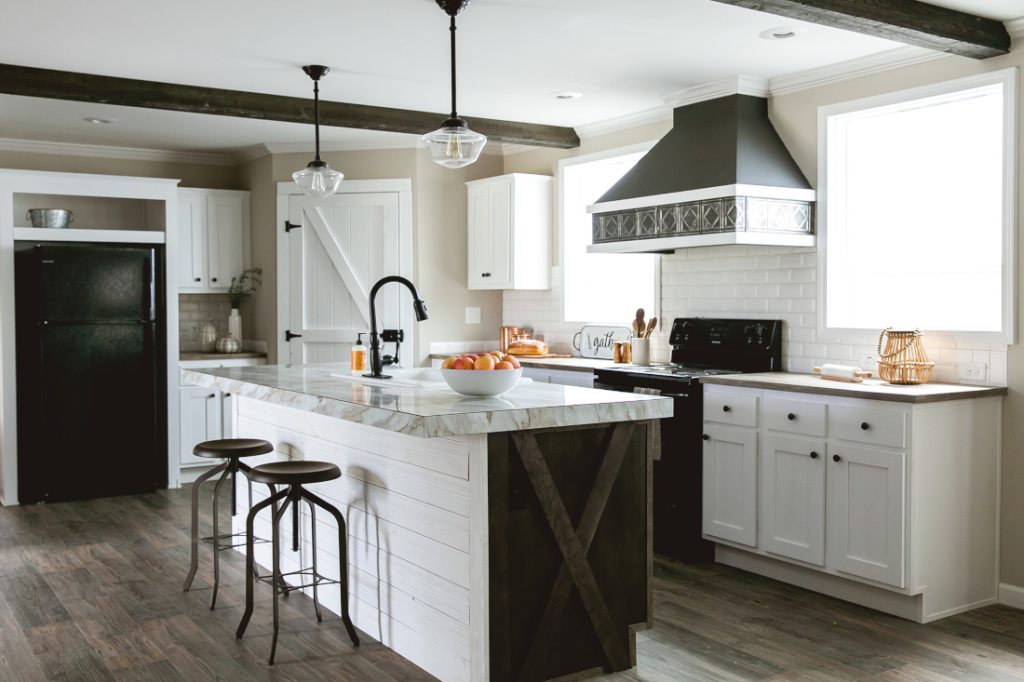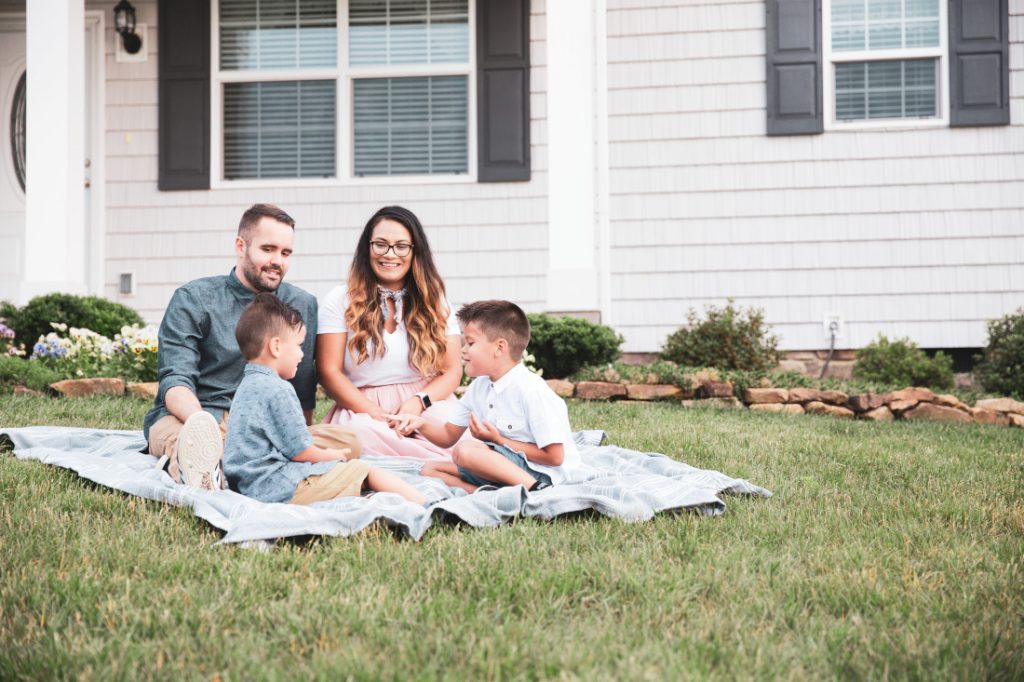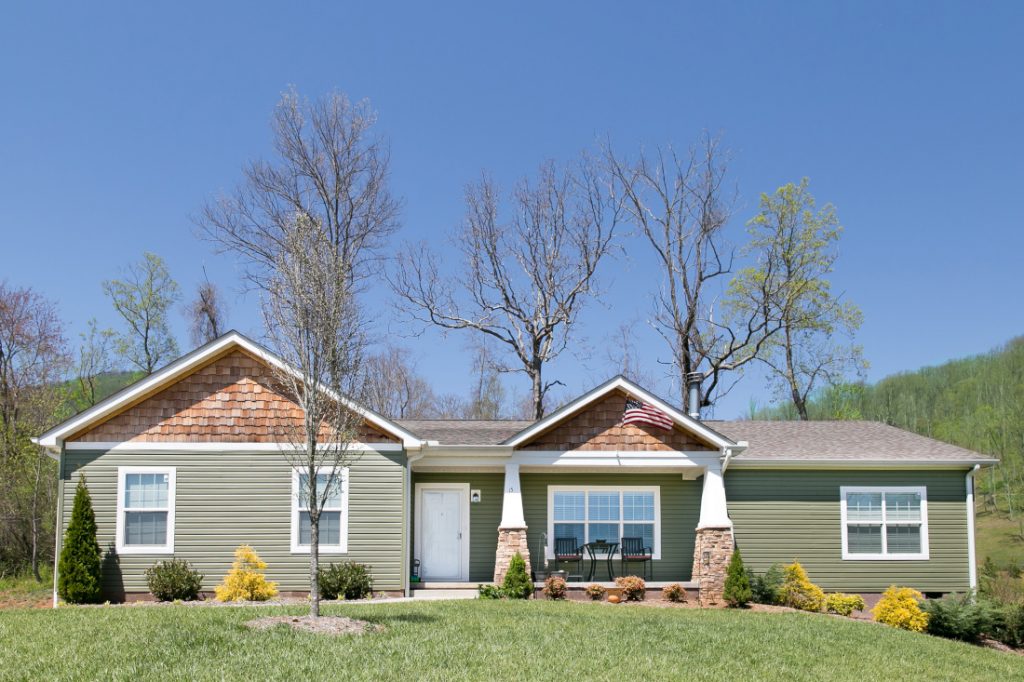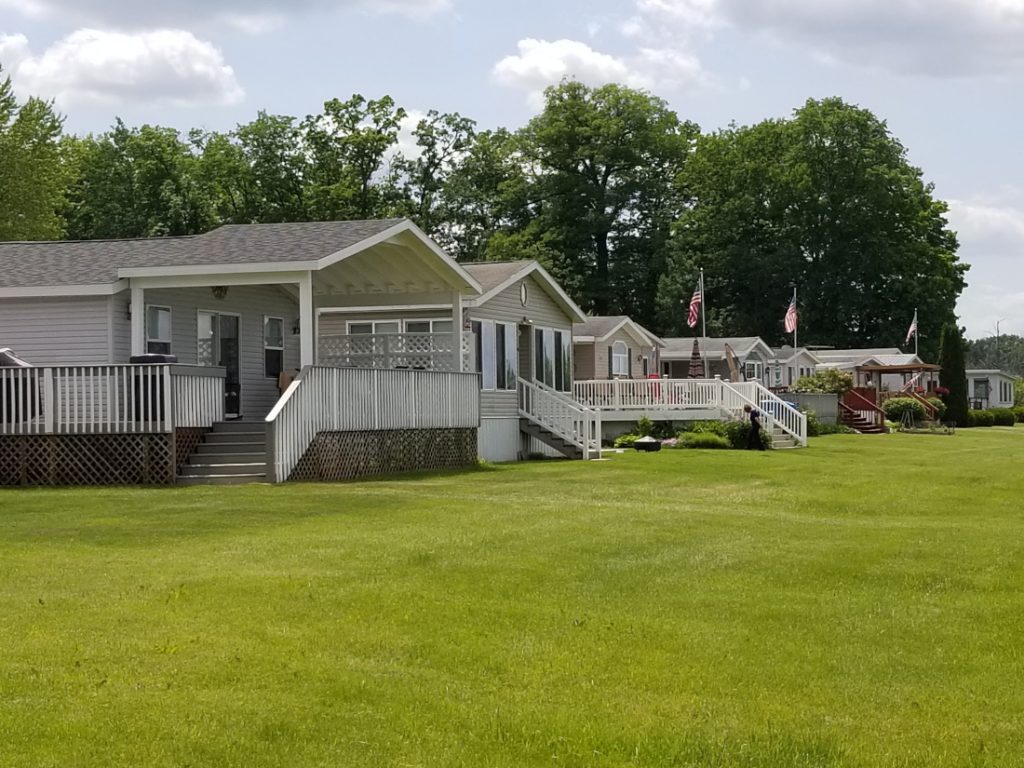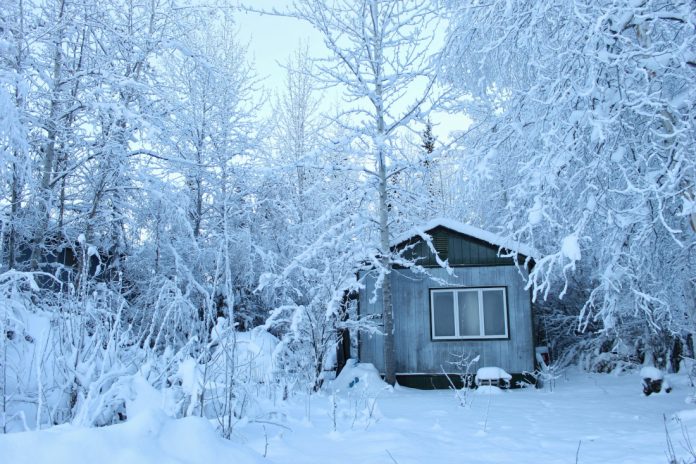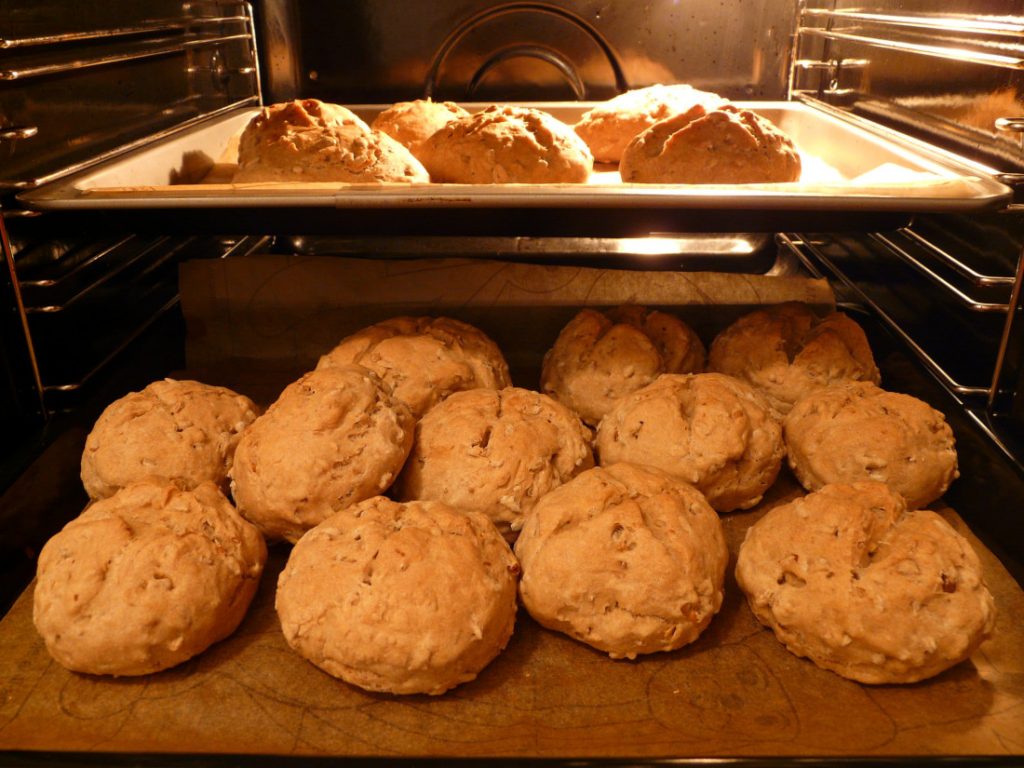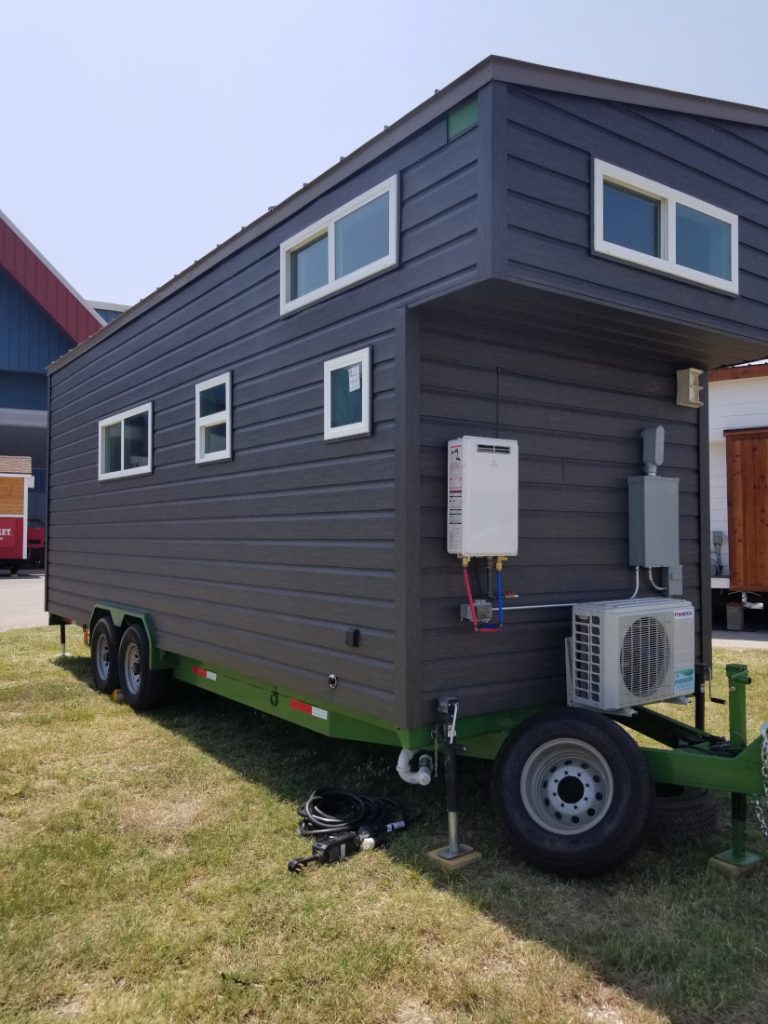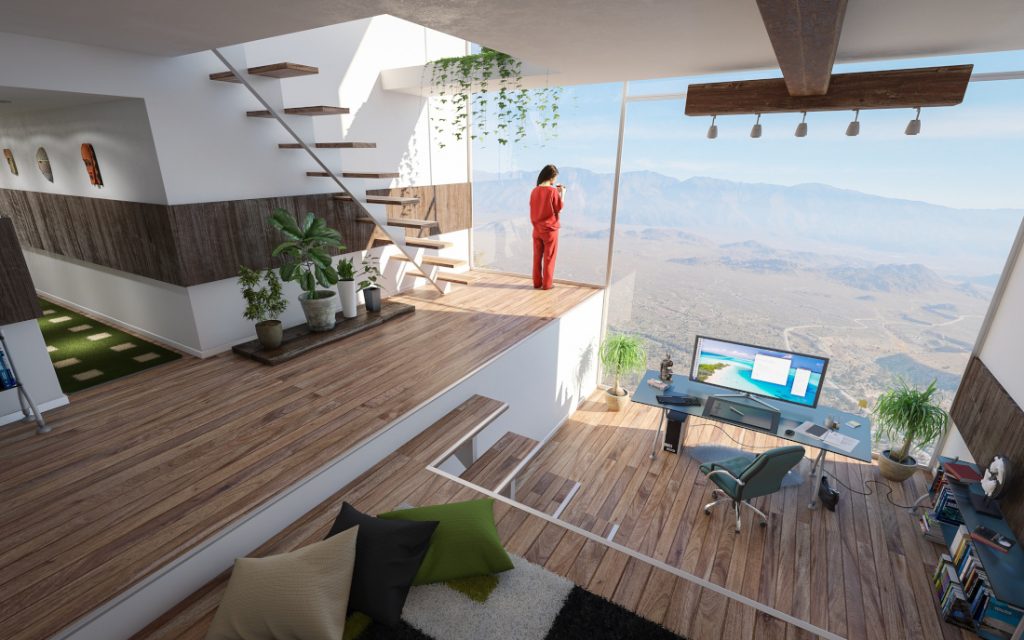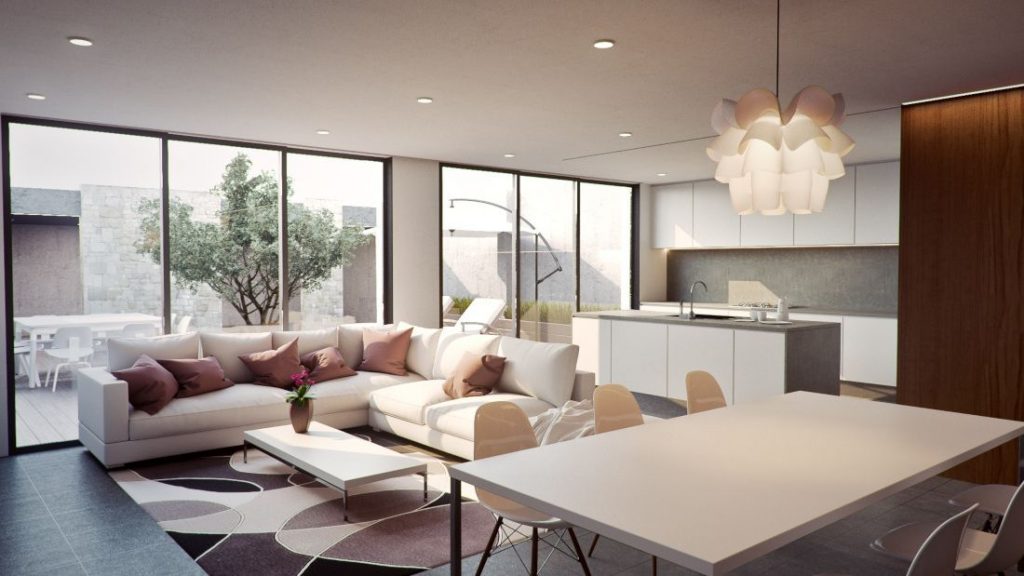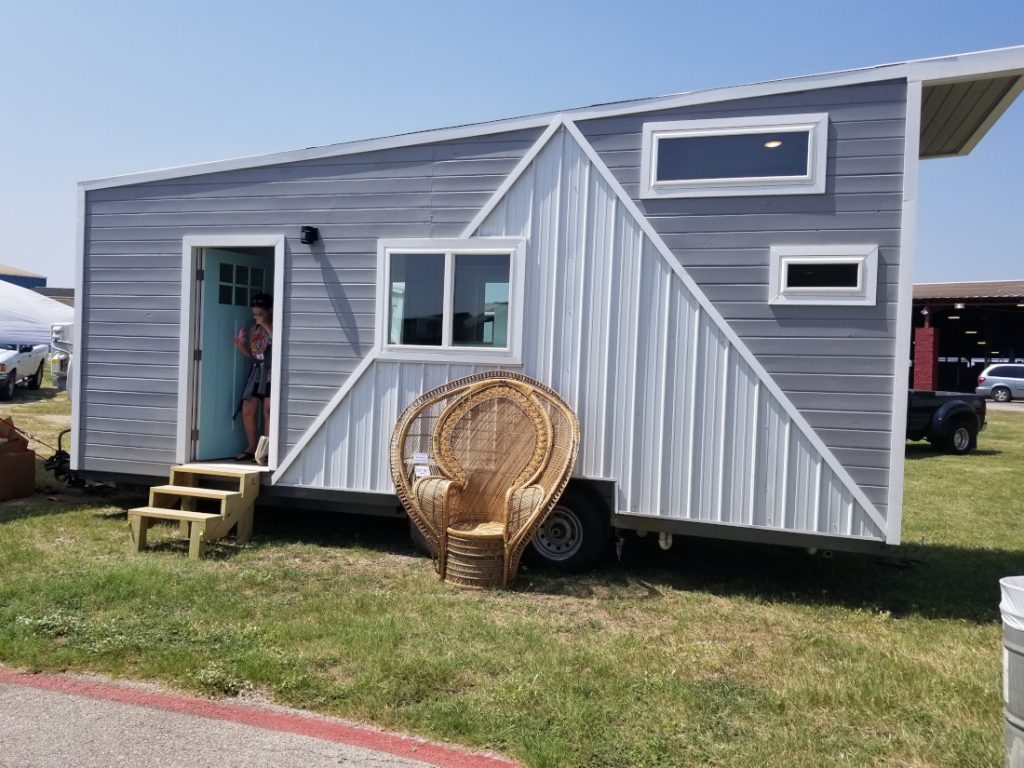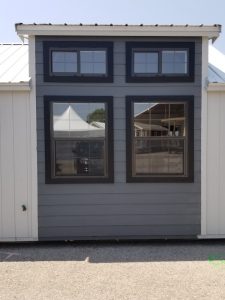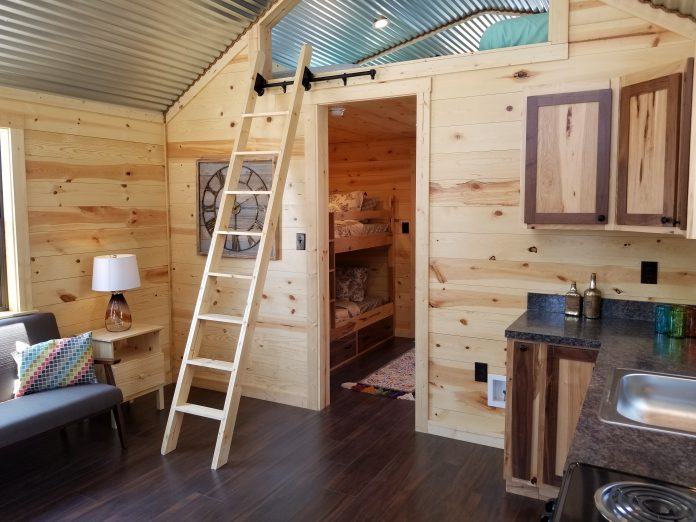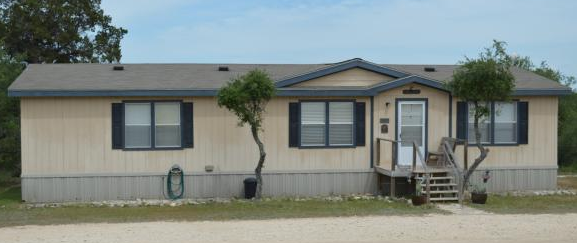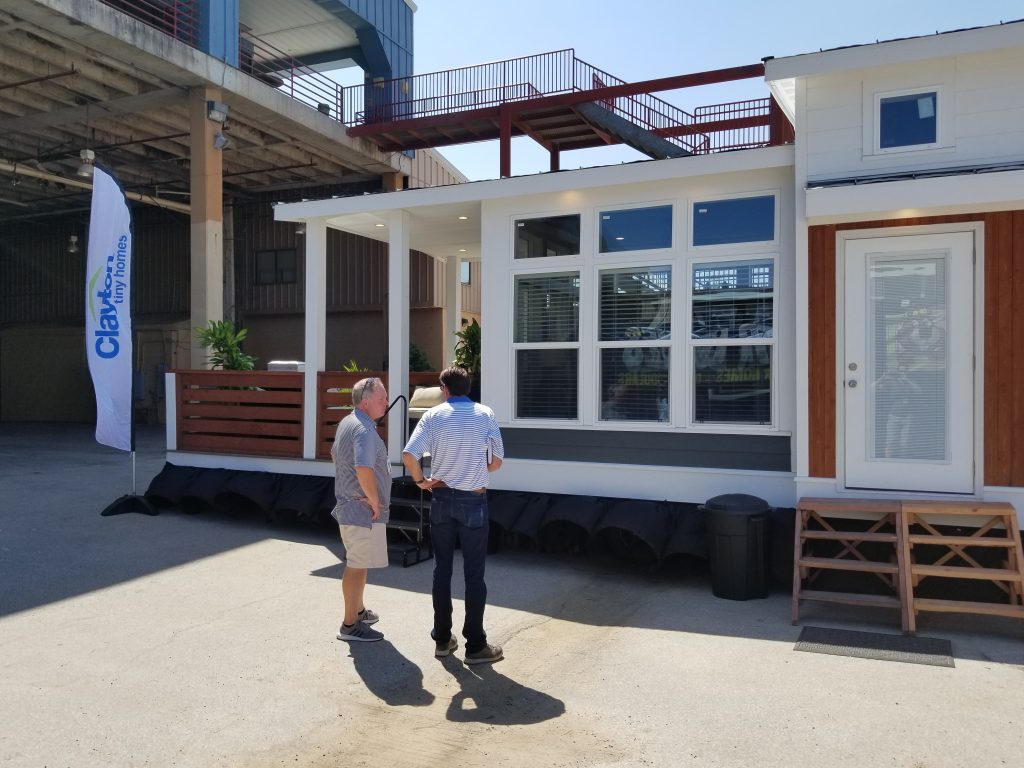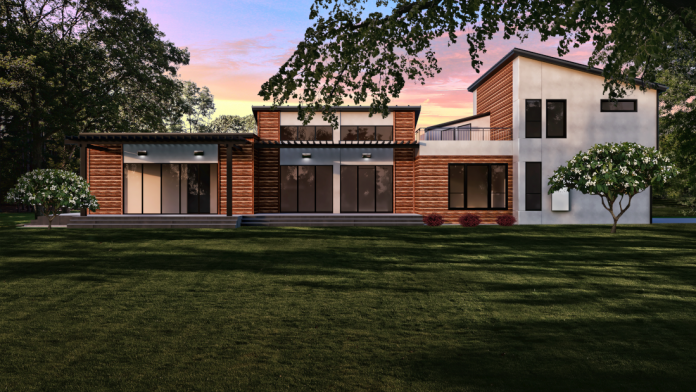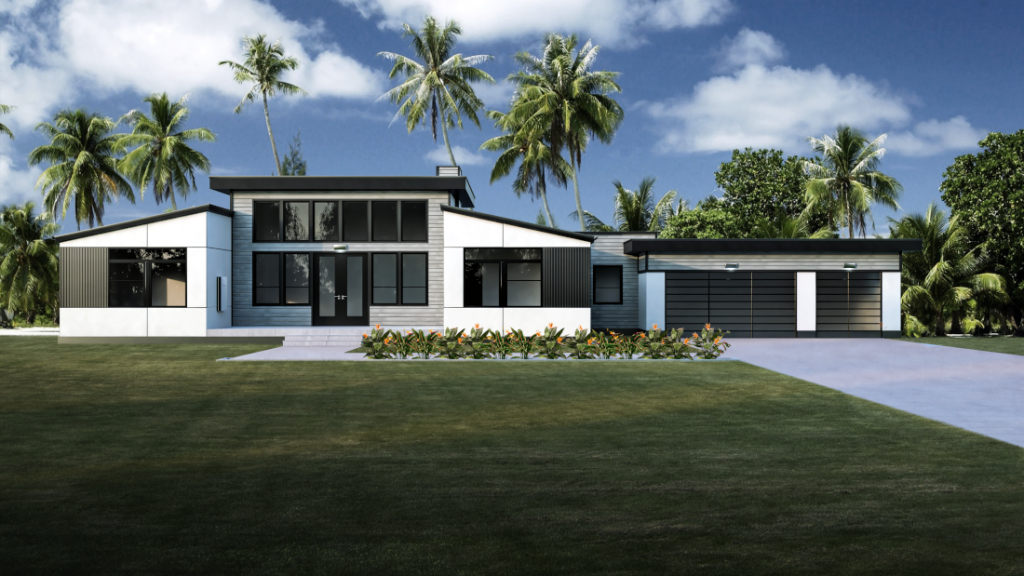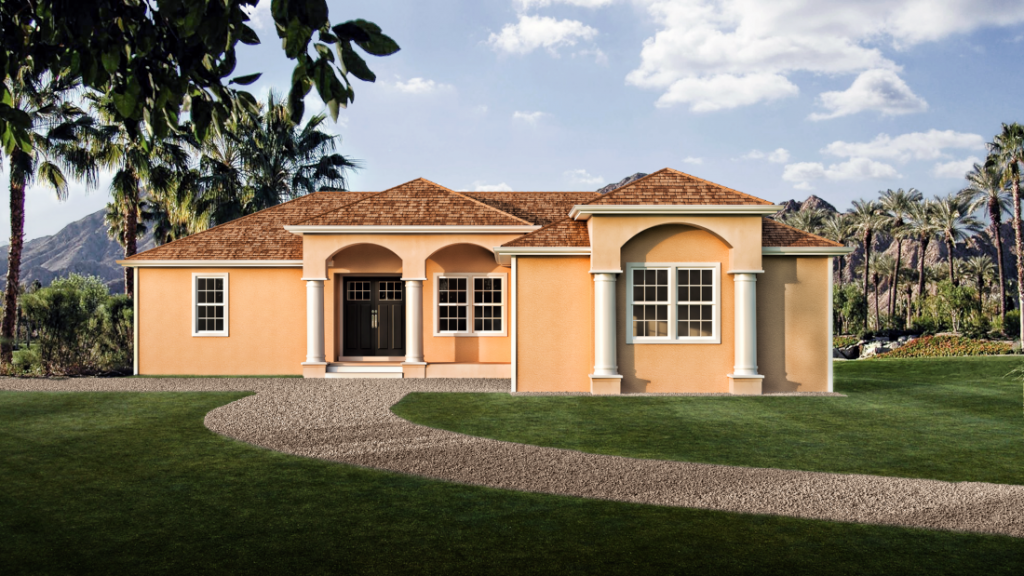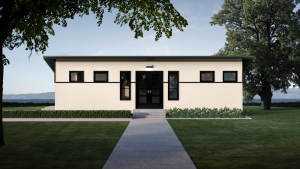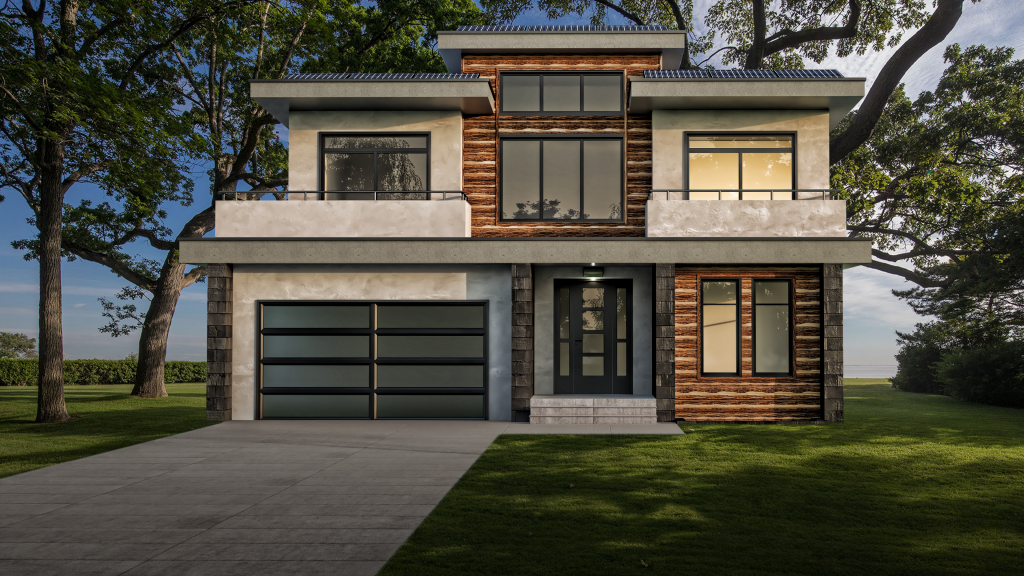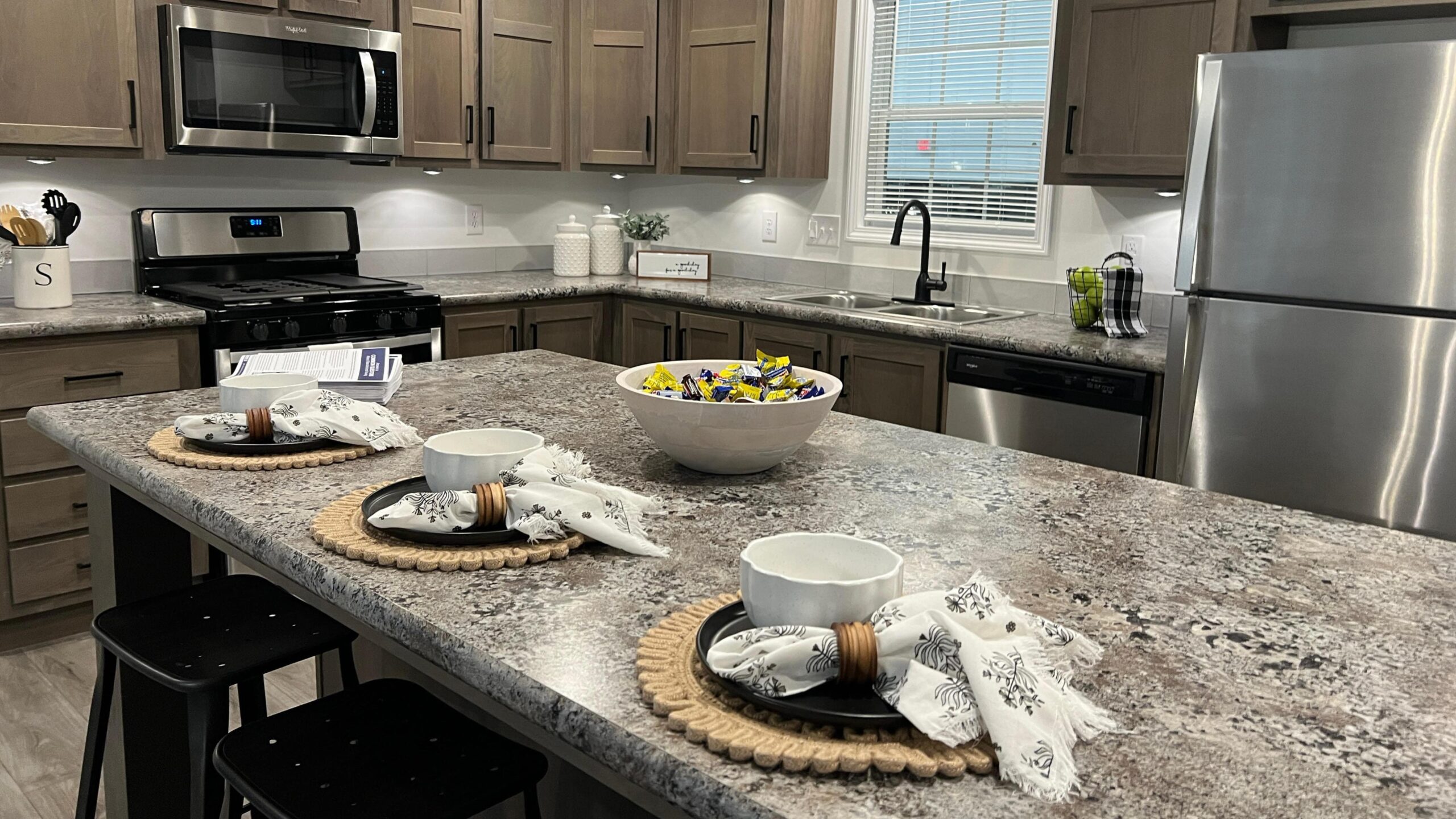For winter sports enthusiasts, living near a favorite ski destination would be a dream come true
There’s no such thing as “winter blues” when there’s a top-notch ski resort nearby. Currently, there are 472 ski resorts in the United States and an estimated 22.5 million people who skied or snowboarded in 2017. For invested skiers, their housing choice often depends on its proximity to a high-quality resort. With so many beautiful manufactured housing communities in the U.S., it’s not too hard to find one near a destination ski resort. So, take a look at these 10 recommendations for manufactured housing communities perfect for skiers.

Crescentwood Village
Let’s start out with Crescentwood Village, an all-ages community that offers multiple amenities like a swimming pool, clubhouse, basketball courts, playground and recreational facilities. With a short 45-minute commute to Alta Ski Resort, residents can enjoy an active lifestyle at Crescentwood or on the slopes. Established in 1938, Alta Ski Resort boasts that it’s the best skiing in Utah. In other words, if you have a strict preference for skiing, this will be a great resort for you. Crescentwood disallows any other winter recreation on the slopes, making it one of three mountains in the United States that’s ski only.
Lazy Glen Mobile Home Park
Lazy Glen Mobile Home Park is a picturesque, all-ages community that’s a 21-minute drive from Aspen Snowmass. The ski area is not just a place to hit the slopes, but it works to invest in the environment that supports Aspen Snowmass. The Colorado resort uses green energy, releases sustainability reports and offers educational information on supporting the surrounding community and its environment. Sounds like a business worth supporting in an area that is breathtaking and community oriented.

Sleepy Bear Mobile Home Park
Out of all the manufactured housing communities perfect for skiers we’ve rounded up, Sleepy Bear Mobile Home Park might just be the best out there. The community is only a seven-minute drive from Colorado’s Steamboat Resort, which is located in the mountain town of Steamboat Springs. The resort itself has 165 trails, close to 3,000 acres and 799 area ranches to explore. In summary, Steamboat Springs is an entire town that revolves around snowy fun.
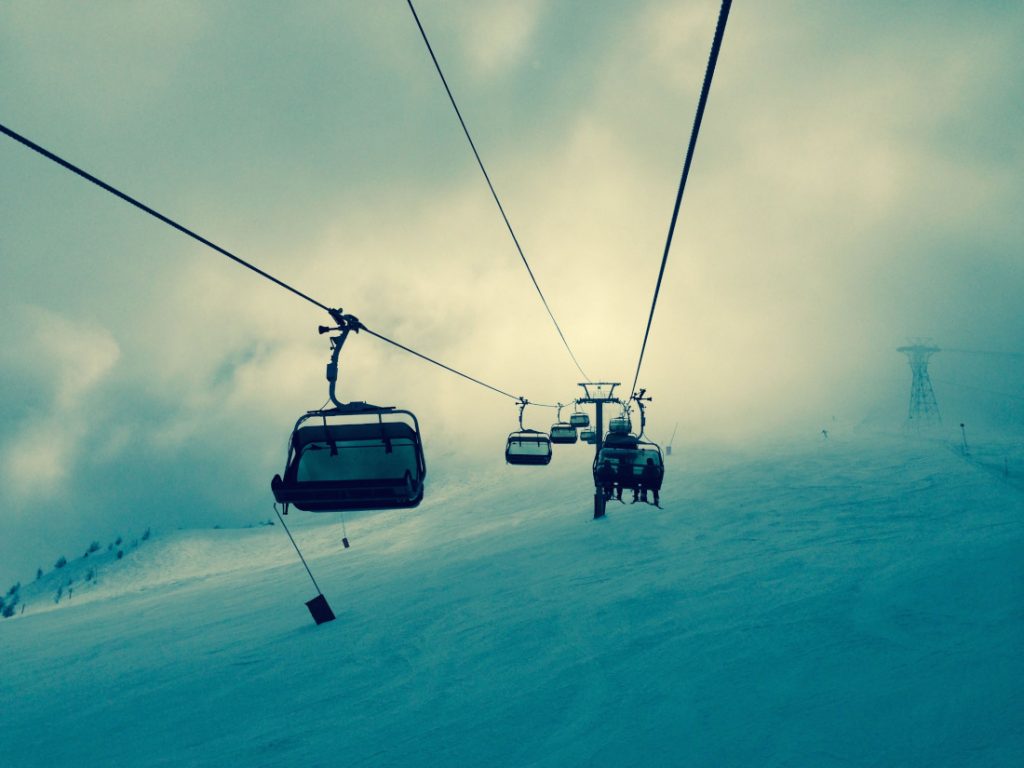
Babcock Vista Mobile Home Park
Revel in Montana’s big, blue skies at home and on the slopes at Big Sky Ski Resort. (Wonder where they got that name from?) Like the state it resides in, Big Sky Ski resort is expansive with four mountains, 36 lifts and more than 300 runs. The slopes are an hour drive from Babcock Vista Mobile Home Park, an all-ages community that’s also accessible to nearby towns Bozeman and Belgrade. Want a little more adventure on the slopes? Big Sky offers headlamp night skiing with a guide Wednesday through Saturday.
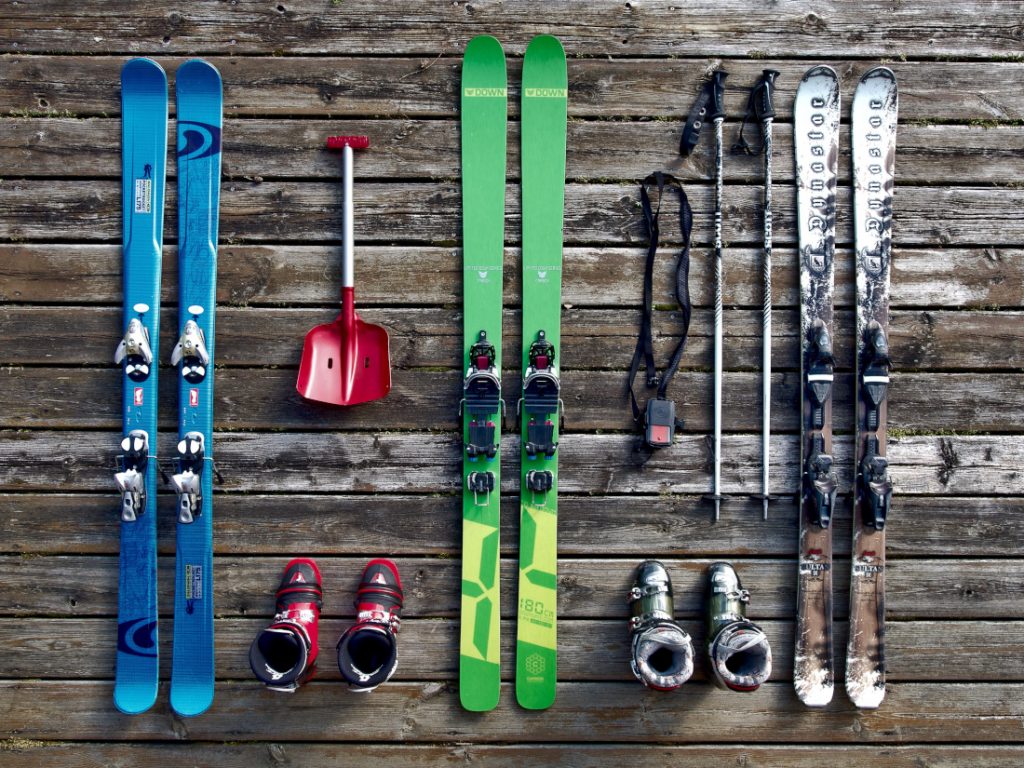
Villa Blanca
This community is a must for anyone with an outdoorsy spirit. Located in Reno, Nev., Villa Blanca is only a 30-minute drive to Lake Tahoe and Mt. Rose. Perfectly situated at Tahoe’s highest base elevation, Mt. Rose’s views are a visual treat. In the warmer months, explore all the national parks available along the Nevada/California state line. Additionally, the location is a 20-minute drive to downtown Reno just in case you need a little taste of the city life. Villa Blanca itself also is accessible to nearby towns Sparks, Sun Valley and Verdi.
Quality Pines Manufactured Home Community
Again, if the East Coast is more your speed, check out Quality Pines Manufactured Home Community, 45 minutes from Whiteface Mountain in Lake Placid, N.Y. If you’re really into adventure, Whiteface offers the largest vertical drop in the east and has 86 trails. If not, there are many options within Whiteface and Quality Pines. The all-ages community was built in 1975 and is accessible to nearby towns like Plattsburgh, West Chazy and Champlain, which hosts the famous Lake Champlain. Like being outdoors? Well, Quality Pines is in the perfect upstate New York location for outdoor adventure.

Verde Plaza
Located in Tucson, Ariz., Mt. Lemmon is best known as America’s southernmost ski resort. For ski enthusiasts who can’t choose between snow or sun, we recommend a move to Verde Plaza, where you can soak up the sun in the Sonoran Desert while having access to a 9,000-foot elevation ski mountain only an hour and a half away. In addition to close skiing proximity, this community is located across from Santa Cruz River Park, is close to downtown Tucson, has amenities like a pool, clubhouse, playground, hiking trails and more.
Lamplighter Mobile Home Park
Another option for those with an East Coast sensibility, Lamplighter Mobile Home Park is an all-ages community surrounded by New Hampshire forests, lakes, the Atlantic Ocean and of course, Mount Washington Resort. The mobile home park is 50 minutes away from the mountain, as well as an hour-and-a-half drive away from the ocean. But back to Mount Washington. The resort is a goldmine for winter adventure with skiing, snowboarding, snowshoeing, ice skating, sleigh rides, dog sledding, tubing, snowmobiling… whew, and that’s not even the entire list. The resort also has a spa on premises to soothe sore muscles or get away from the cold. So spoiled.
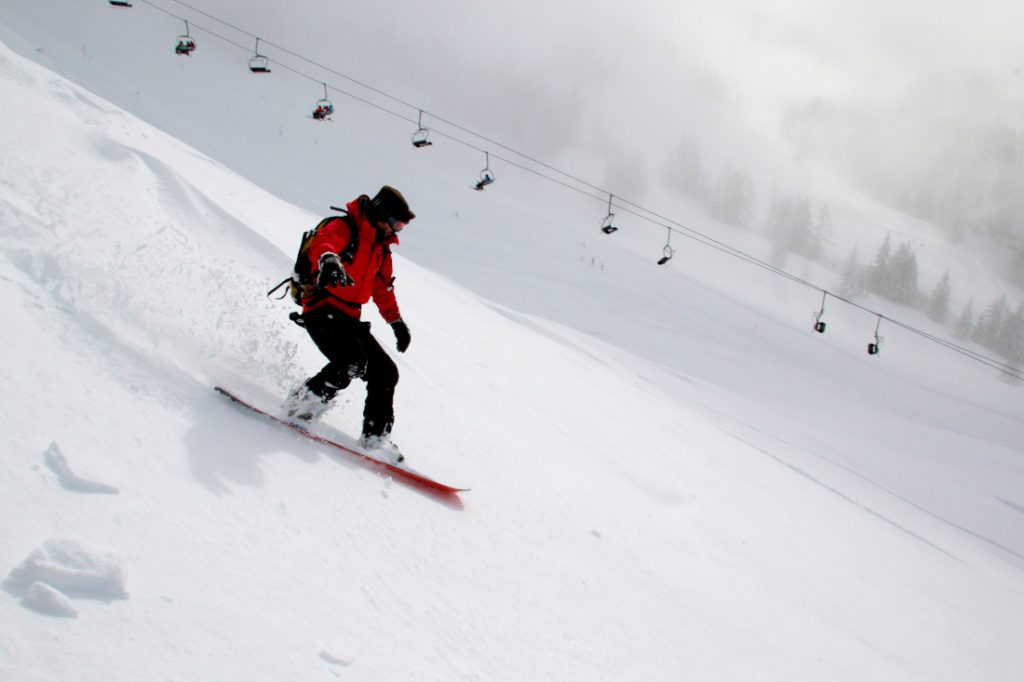
Fox Hills Mobile Home Park
For those looking to settle somewhere full of adventure, the Pacific Northwest has a lot to offer. And we mean a lot. Oregon is home to five national parks, bumps right against the Pacific Ocean and has Mt. Bachelor right in the middle of it all. The mountain is not only great for skiing, but offers summer activities like hiking, disc golf and educational forest talks. Just 30 minutes away is Fox Hills Mobile Home Park, an all-ages community built in 1996. With all that surrounds Fox Hills, chances are residents will have no trouble finding adventure nearby.
Lakeview Village Mobile Home Park
If you prefer walking to driving, Lakeview Village in Michigan has many opportunities to hit up area activities. Walk over to a restaurant. Or stroll to a favorite art gallery. Shop or head to Lake Charlevoix if you need a chance to get away. The all-ages community also offers amenities like RV/boat storage, basketball courts and a clubhouse. During the winter months, hop in your car and take the 13-minute drive to Boyne Mountain. Not only is there great skiing, but there also is an indoor water park for snow bunnies and non-snow bunnies alike.










